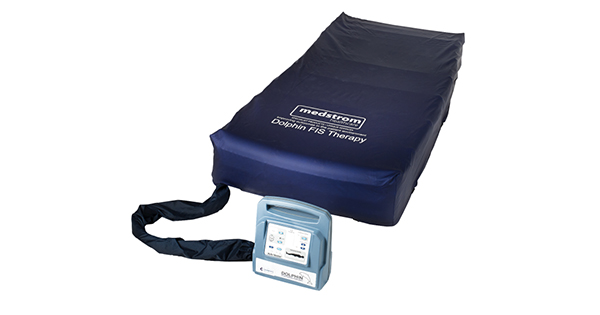Lower limb amputation wounds are difficult to dress because of their shape and location. This is compounded in Central Manchester because of the overall aim to promote transtibial as opposed to transfemoral prosthetic rehabilitation. The reduction in revision surgery results in larger dehisced amputation wounds and an increased amount of exudate generated by the compressive action of early mobility aids during rehabilitation. In this situation, dressings need to be conformable, compressible, comfortable and able to handle large amounts of exudate. Mepilex is one such dressing which can be used to promote healing without delaying rehabilitation.






